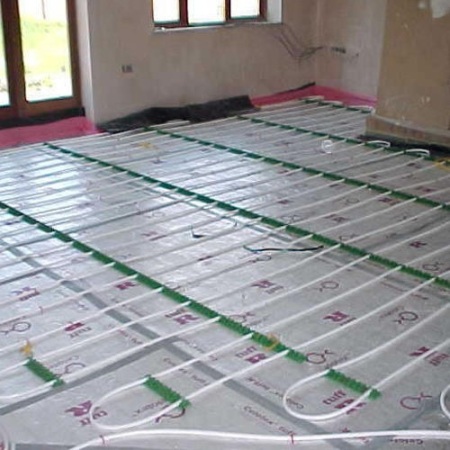
The global market for rheumatoid arthritis treatments is expected to grow at a CAGR of...
Learn More
Our consulting solutions address company specific challenges with respect to micro environment...
Learn More
Organizations frequently need day-today research guidancein order to gain strategic...
Learn More
Exploring different areas of market research and market analysis is a key factor...
Learn MoreAcute Market Reports presents the most extensive global business research services across industries. Our research studies focus on potential outcomes, benefits, and risks associated with each market segment across geographies. Having served our global clients for more than 10 years, our prime priority is to enable our clients in making well-informed business decisions through a data-driven, analytical, and uncomplicated research approach.
We provide access to the world's most comprehensive, analytical, and updated business intelligence services and solutions.




The surgical lighting systems market is expected to grow at a CAGR of 5% during the forecast period of 2025 to 2033. The surgical lighting systems market plays a pivotal role in modern healthcare settings by providing surgeons with precise and focuse...
Read More
Radiant cooling and heating systems, also known as radiant HVAC (heating, ventilation, and air conditioning) systems, are innovative climate control solutions designed to provide thermal comfort and energy efficiency in indoor environments. These sys...
Read More
The fish gelatin market is expected to grow at a CAGR of 5.9% during the forecast period of 2025 to 2033. Fish gelatin market is a burgeoning segment within the broader gelatin industry, characterized by the extraction and refinement of gelatin from ...
Read More




